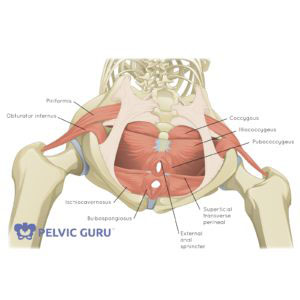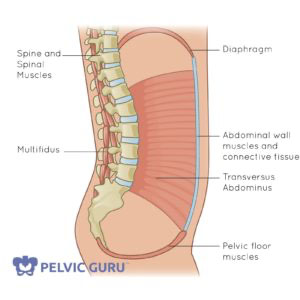Your Pelvic Floor
The Pelvic Floor provides stability to your spine, upper and lower body, and supports your internal organs. When this system is not functioning properly, a variety of symptoms can result.
Symptoms can include:
Urinary: hesitancy, increased frequency, leakage, urgency (Link to bladder)
Bowel: constipation, rectal spasms or pain, leakage, poor control
Sexual: Pain, inability to climax.
Orthopedic: Symptoms involving the hip, back, neck, knee, foot, or shoulder can have roots in the dysfunction of the pelvic floor and stability systems
Pain: Pelvic floor muscle spasm and weakness is often a contributing factor to pain. The pelvic floor region has many functions and is meant to be mobile, resilient and dynamic. When we guard, move in repetitive patterns that are not beneficial and have injury the whole system is affected.
The pelvic floor (PF) is a collective group of muscles that sits like a bowl at the base of the pelvis and attaches to the two sitting bones laterally, and the pubic bone and tailbone front to back. Like most muscle systems in the body, the PF relies on proper alignment and fascial integrity to perform correctly.


The synergy between the breath and the pelvic floor is an important aspect to activate all the smaller muscles in your body that provide stability to the spine, upper and lower body. When this system is not functioning properly, symptoms often are the result.
The pelvic floor (or pelvic diaphragm) is designed to move all day long in concert with the respiratory diaphragm. As you inhale, the diaphragm descends creating an increased intraabdominal pressure. The pelvic floor responds to this by gently moving down. As you exhale, the diaphragm moves back up into the ribcage and your pelvic floor naturally uplift. Check out the video on this page for a guide to the relationship of your pelvic floor to your breath.
Check out our YouTube channel for more videos about the pelvic floor, exercises and other great info and resources, including expert interviews and more.
Ready to Find Out If Pelvic Floor Physical Therapy Is Right for You?
Our approach is personalized and holistic. When you come to Oceanside Physical Therapy, we want to hear the story of your whole body and to help you meet your goals.

Online Programs
Pelvic Floor 101
This course will go over the basics of a healthy pelvic floor. We have always found that the more you understand your body and can FEEL and control the pelvic floor, the quicker your body will respond as you seek treatment.

Wisdom From Within: A Four-Dimensional Approach to Persistent Pain
This online course with Cristin Zaimes, PT, DPT and Sage Wheeler, MEd, uses updated pain science research to validate a comprehensive approach to pain management, as well as Dr. Gina Ogden’s 4-Dimensional Wheel. The 4-D Wheel is a template to explore new dimensions of healing. The course provides an introduction to using the wheel as an experiential tool to re-wire the brain’s networks associated with pain.

Dover, New Hampshire
Royal Commons
51 Webb Place Ste 320
Dover NH 03820
p: 603-580-4494 | f: 603-834-9123
© 2025 Oceanside Physical Therapy | Site by Big Hit Media
